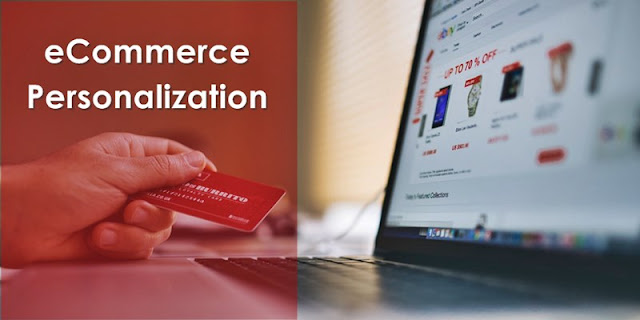Imagine that after a lot of sleepless nights, you eventually launched your ecommerce store. It was a big step, but it’s only the first of many. Of course, you expect that your conversions will grow as fast as a child, but the reality is different. You’ll need to bend your effort engaging new customers and urging them to make a purchase.
Dynamic content, based on user behaviour, can help you optimize your website conversion rate, by making it more relevant. It changes, based on user preferences, browsing history and location. Implementing dynamic content is beneficial for retailers, who want to create a relevant and unique user experience for their buyers.
A 50% increase in conversion rate from your website is more than possible. All you need is to use ecommerce personalization. According to Gartner analysts, smart personalization engines, which are used to recognize customer intent, will lead digital businesses to 15% increase in their income.
In this article you’ll find the main benefits from ecommerce personalization to your ecommerce business, which will enhance your conversion rate.
Benefits of ecommerce personalization
Nowadays, meeting the customers’ expectations is the main task for ecommerce websites. You have to make sure that your website offers the most relevant content to buyers during their customer journey. A dynamic website can display relevant and contextual content, based on the preferences of the customers.
Here is the number of benefits of personalization in ecommerce:
● Increased sales by improving conversions
● Increased engagement with your website
● Improved customer experience
● Improved customer loyalty
● Competitive advantages
The best examples in ecommerce personalization
Amazon and Etsy, the retail giants, have already been using personalized content in recent years through their recommendation engines, which guide their users from product discovery to checkout by showing them relevant content at each stage along the way.
Demand creates supply. Over 25% of sales on Etsy included a request to personalize an item. That is why Etsy created a new field, which allows users to switch on for listings, where you can offer a personalization, to enable buyers to specify important details about their personalized order before they check out.
How to increase your conversion rate in 6 ways
Here are the six most common ways to boost your conversion rate, making your website personalized and user-friendly:
1. Use Personalized Emails
To make your email campaigns even more relevant to readers, you could create dynamically generated and personalized email greetings. As a part of dynamic email strategy, you could also add personalized data to email body content, which is automatically taken from the user’s account.
There’s one popular method, called Cart abandonment emails, which demonstrates the power of using dynamic content. Magento ecommerce developers create module, which notifies customers about the products they added to their shopping cart, but didn’t make a purchase, with a personalized email. Getting the email, helps customer to recover their shopping process and complete it.
Elogic Commerce integrated ‘An abandoned cart’ module on the Marimekko website, which helped a lot of customers to compete their suspended purchase.
2. On-Site engagement
After you created your ecommerce website, it’s time to think of engaging users on your site. A site search is a powerful tool, which allows you to scan your website and show related products or services. Including a site search onto your website, will significantly improve site navigation, letting you reach your goals and stay on-site longer.
3. Product / Content recommendations
If you want to ‘recommend’ your users more products from your website, you can utilize a recommendation engine that can contextually select and suggest pages according to the customer journey. By connecting your recommendation engine with an inventory management tool, you can ensure quick conversions.
4. Dynamic Pop-ups
Pop-ups are aimed to lead customers through all steps of their buying journey, taking them closer to converting into a customer. What makes dynamic pop-ups different, is trying to know you better, by asking questions, based on geolocation, gender, age group, interests etc.
5. Dynamic banners
Dynamic banners are usually used, as a form of ‘retargeting’ strategy, which is intended to return visitors, that looked through a website once. Dynamic banners update themselves depending on customer in real time, based on purchase history and previous website interaction.
6. Chat-bots
Some users intent to ask for help directly, instead of surfing on the site. Chat-bots appear as a lifeline here. Dynamic chat-bots use browser cookies, that help to recognize the user and it needs significantly faster.
Conclusion
Core in the personalization is the word ‘person’. Each person on the internet wants to be special with his special needs and interests to be treated like nobody else. With the ecommerce personalization, your website targets the right people with the right message and turn them into leads. Customer expectation have increased so much, that ecommerce personalization became top ecommerce technology investment priority. Therefore, companies who are ready to invest into it greatly outpace their market competitors.
Other Articles:


Thank you for such instructional content.
ReplyDelete